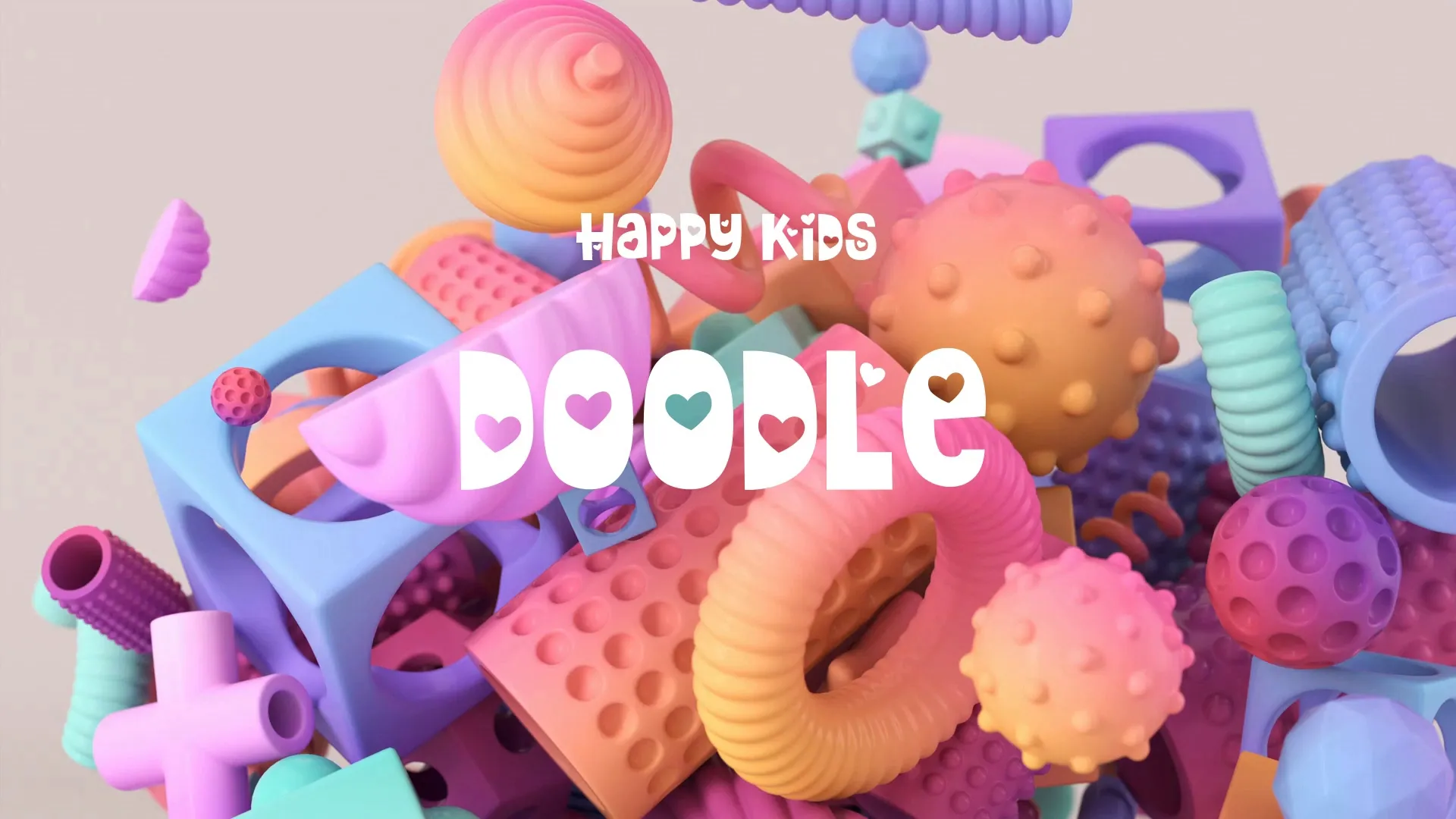Indie Game Metrics: Budgeting & Sentiment Analysis for Project Success
Succeeding as an indie game developer requires more than just passion; it demands a data-driven approach. Effective project management hinges on understanding key performance indicators that guide your decisions. This article will explore two crucial indie game metrics: robust budgeting and insightful sentiment analysis.
Mastering Your Game Development Budget
Sound financial planning is the bedrock of any successful indie game project. Without a clear budget, projects can quickly derail due to unforeseen expenses or depleted funds. Start by meticulously breaking down every potential cost.
Allocate funds for development tools, software licenses, asset creation, and marketing efforts. Consider personnel costs, even if you are a solo developer valuing your own time.
Initial cost estimation involves researching industry averages for similar game types and scope. Be realistic about potential overruns and build a contingency fund into your budget from the outset.
Tracking and adjusting your budget is an ongoing process, not a one-time event. Regularly compare actual spending against your planned budget to identify discrepancies early.
Tools like Wayline’s Momentum can help you organize tasks and track progress, which indirectly supports budget adherence by keeping development on schedule. Adjust your budget as new information becomes available or project scope changes.
Common budgeting pitfalls include underestimating the time required for development, leading to extended costs. Another pitfall is failing to account for post-launch marketing and maintenance expenses.
For a broader perspective on financial realities, consider reading ‘Realistically, How Much Does an Indie Game Dev Make Per Year?’ to benchmark your expectations and inform your budgeting strategy.
Leveraging Steam Review Sentiment Analysis for Player Feedback
Understanding how players perceive your game is just as vital as managing your finances. Sentiment analysis of player reviews provides invaluable qualitative data that can drive design and development decisions. Sentiment analysis involves automatically identifying the emotional tone, positive, negative, or neutral, within player feedback.
This insight moves beyond simple star ratings, offering a deeper understanding of specific likes and dislikes. Analyzing Steam reviews can reveal common pain points, celebrated features, and overall player satisfaction.
Wayline’s Sentiment tool is designed to analyze reviews on Steam, helping you gain these critical insights efficiently. It streamlines the process of sifting through countless comments to pinpoint recurring themes.
Actionable insights from reviews might include identifying bugs, balancing issues, or unexpected feature requests. Use this feedback to prioritize updates and patches that genuinely improve the player experience.
Avoid common pitfalls in review analysis, such as only focusing on positive reviews and ignoring constructive criticism. Misinterpreting sentiment by not understanding the context of player comments can also lead to misguided development efforts.
Create a free account, or log in.
Gain access to free articles, game development tools, and game assets.























